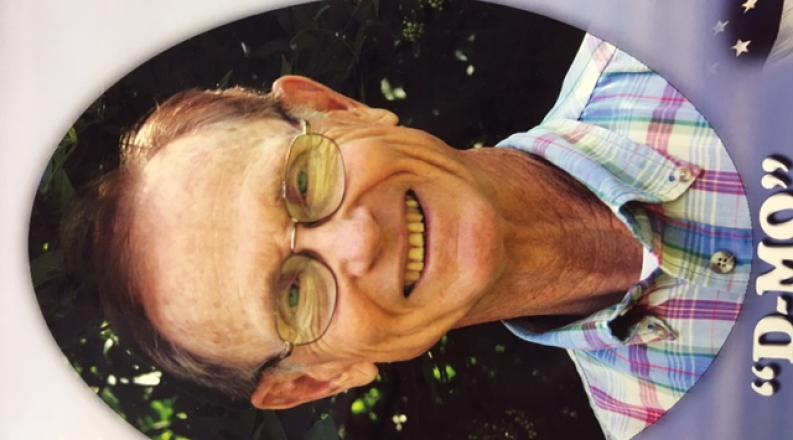By: Tiffany Whitfield
Don Ogelsby, an Old Dominion University alumnus and retired professor of Chemistry has all of the elements of trailblazer etched in his DNA. His career spans six decades in science from higher education to NASA inventor.
"I grew up in Virginia Beach and graduated from Oceana High School in 1954, which was the last class before the school closed," said Ogelsby. He went to ODU and was heavily influenced by professors to pursue chemistry. "I was probably inspired by Professor C.S. Sherwood," said Ogelsby. "Not many people knew what he did to develop the science department at ODU; he put in place the Physics Department and built the Chemistry Department."
In 1958, Ogelsby was one of the first graduates to receive a Bachelor of Science in Chemistry. After graduation, he was asked to stay on as an instructor in chemistry and he stayed for two years. "Then I knew I wanted to go on for my graduate degree, and I was accepted into UNC Chapel Hill in their Analytical Degree Ph.D.," said Ogelsby. At UNC, he was a supervisor in the labs and prepped stations for research.
After completing his graduate degree at UNC Chapel Hill, Ogelsby returned to ODU and taught in the Department of Chemistry for 15 years. "I left in 1980 and was doing research sponsored by Chemical Switch and they had sponsored some research I was doing on sodium thyanide," said Ogelsby. He's worked for Virginia Chemicals, which became Celanese Corporation which was bought out by A.J. Herst, a German company. Once the plant closed, a friend offered him another position.
"I had a friend at NASA Langley Research Center, and I went over there for 17 years and I loved it," said Ogelsby. "One of the major fields that opened up while I was there, was pressure sensitive paint." The method that he and his team came up with helped to stabilize a catalyst, or materials that combine and react, in virtually any application that requires the removal of toxic compounds, including carbon monoxide.
Ogelsby also worked on a team that received the 2012 Commercial Invention of the Year Award. Ogeslby and a team of scientists and engineers "created a new method to stabilize materials at low, near-room-temperature oxidation capabilities that are maintained up to temperatures greater than 800 degrees Celsius, or about 1472 degrees Fahrenheit." This technology can be used to remove pollutants from environments such as ground and flight vehicle engines that operate on fuels, such as diesel, natural gas and alcohol fuels.
When news of the New Chemistry Building spread, Ogelsby wanted to leave a mark behind for current and prospective Monarchs. The Elements of Giving is a periodic table on the first floor that he felt strongly about. "Since I had done so much research on sulfur compounds, I purchased sulfur," said Ogelsby. "Naming an element was just one way for me to give back to students," said Ogeslby.



